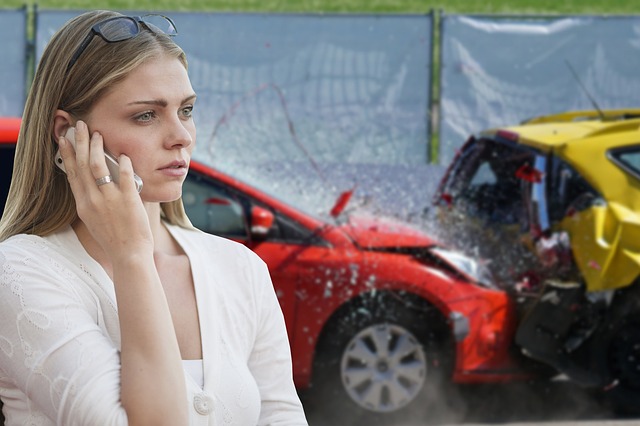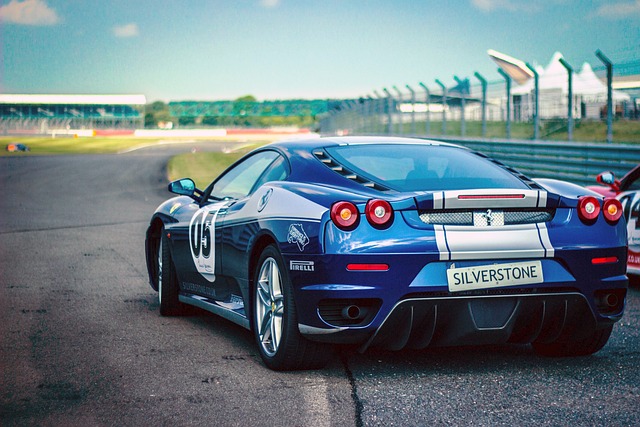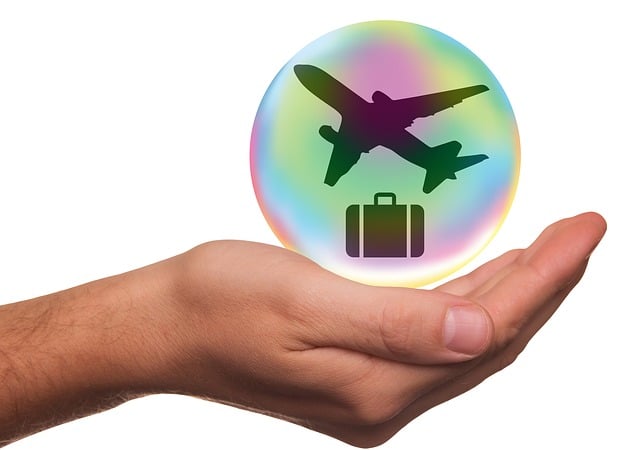The introduction of autonomous vehicles is revolutionizing motor insurance by shifting from driver responsibility to vehicle system accountability. Insurers must navigate complex technical aspects, assess system reliability, and adapt risk assessment methods, coverage options, and claims handling processes to ensure fair protection for policyholders and manufacturers in this new era of transportation technology.
As autonomous vehicles revolutionize transportation, the motor insurance industry finds itself at a crossroads. The traditional model of assigning liability to drivers is no longer tenable when vehicles operate with minimal human intervention. This article delves into the shifting landscape of motor insurance for self-driving cars, exploring how insurers are adapting their approaches. From reevaluating coverage models to embracing vehicle system accountability, these changes impact both consumers and professionals, shaping a new era in automotive risk management.
- Autonomous Vehicles: Shifting Liability Paradigm
- Traditional Insurance Models Under Scrutiny
- The Rise of Vehicle System Accountability
- Consumer Implications: Navigating Changing Policies
- Industry Adaptation: New Coverage Approaches
- Future Trends: Predicting Motor Insurance Evolution
Autonomous Vehicles: Shifting Liability Paradigm

The advent of autonomous vehicles marks a significant shift in the liability paradigm within the motor insurance industry. Historically, insurance policies have primarily focused on holding drivers accountable for their actions and decisions while behind the wheel. However, as self-driving cars take to the roads, the responsibility for accidents and incidents shifts towards the vehicle’s systems and technology. This change presents a complex challenge for insurers, who must now consider how to allocate liability when a vehicle operates without direct human input.
Autonomous vehicles introduce new variables into the traditional insurance model. In the event of an accident, questions arise regarding the role of sensors, software, and decision-making algorithms. Were there defects in the vehicle’s systems? Was there a failure in communication between components? Or, perhaps, was it a software glitch that led to the incident? Insurers are tasked with understanding these technical nuances to accurately determine liability and provide appropriate coverage for both policyholders and manufacturers.
Traditional Insurance Models Under Scrutiny

The traditional insurance model for motor vehicles has long been based on individual driver responsibility, where premiums are calculated based on personal factors such as age, driving history, and location. However, with the advent of autonomous vehicles (AVs), this paradigm is under significant scrutiny. As AV technology matures, the focus shifts from human error to system reliability, challenging the industry’s established liability frameworks.
Insurers are now grappling with how to price policies for self-driving cars, considering factors like vehicle sensor accuracy, response times, and overall system performance instead of individual driver behavior. This transition necessitates a reevaluation of risk assessment methods, coverage options, and claims handling processes, ensuring that insurance remains accessible, fair, and adequate in this new era of transportation technology.
The Rise of Vehicle System Accountability

The rise of autonomous vehicles marks a significant shift from traditional motor insurance models, where driver responsibility was paramount. As these advanced systems take on a larger role in vehicle operations, the industry must adapt to the concept of vehicle system accountability. This new paradigm demands a reevaluation of liability and coverage frameworks, as the focus shifts from individual drivers’ actions to the performance and reliability of the autonomous driving systems themselves.
Insurers are now faced with the challenge of assessing risk and determining premiums based on factors like system accuracy, response times, and overall safety protocols implemented by vehicle manufacturers. The transition towards vehicle system accountability requires a deep understanding of these new technologies and their capabilities, as well as potential vulnerabilities, to ensure fair and effective insurance coverage for autonomous vehicles.
Consumer Implications: Navigating Changing Policies

With the advent of autonomous vehicles, consumers can expect to see shifts in their motor insurance policies. As liability moves from drivers to vehicle systems, insurers will need to adapt their coverage models. This means that traditional components of auto insurance, such as personal injury protection and liability coverage, may change or be replaced by new forms tailored to autonomous driving technology. Consumers should stay informed about these developments to understand how their insurance policies might evolve, ensuring they remain adequately covered while navigating the changing landscape.
Moreover, the transition to autonomous vehicles introduces complexities in determining fault and accountability. When a self-driving car is involved in an accident, assigning liability becomes more intricate, as multiple factors come into play. Consumers need to be aware of these changes to grasp their rights and responsibilities under new policy structures. Staying informed allows them to make informed decisions regarding their insurance choices, ensuring they are protected as the auto insurance industry adapts to this transformative technology.
Industry Adaptation: New Coverage Approaches

The motor insurance industry is undergoing a significant transformation as autonomous vehicles gain traction. Insurers are adapting their traditional models to account for the shift from driver responsibility to vehicle system accountability. This transition necessitates a reevaluation of liability and coverage frameworks, challenging established practices. As a result, new coverage approaches are emerging, focusing on comprehensive risk assessment and innovative risk management strategies.
Industry professionals are exploring various options, such as implementing advanced diagnostic tools and telematics data analysis to better understand vehicle behavior and driverless operations. These technologies enable insurers to tailor policies based on specific vehicle types, usage patterns, and safety records of autonomous systems. By adopting these new coverage approaches, the industry aims to create more accurate pricing structures and efficient claims processing for autonomous vehicles while ensuring adequate protection for all road users.
Future Trends: Predicting Motor Insurance Evolution

The future of motor insurance is closely tied to the advancement and widespread adoption of autonomous vehicles. As these self-driving cars become more common on our roads, several trends are set to shape the industry’s evolution. Insurers will likely shift from evaluating individual driver risk factors to focusing on the safety records and performance of vehicle systems. This transition necessitates a redefinition of policy structures and coverage limits.
Predicting liability in autonomous vehicle accidents will be a key area of focus. With advanced driver assistance systems (ADAS) and artificial intelligence, determining fault may become more complex. Insurers will need to consider the role of human oversight, software updates, and vehicle communication networks in accident prevention and response. Additionally, as autonomous vehicles gain connectivity, insurers might explore telemetrics-based insurance models, offering personalized coverage based on real-time driving behavior data.
As autonomous vehicles continue to transform the motoring landscape, the insurance industry must adapt to ensure fair and effective coverage. The shift from driver liability to vehicle system accountability raises complex questions that require innovative solutions. By staying informed about these developments, consumers can better understand their changing rights and responsibilities, while professionals in the industry can contribute to shaping a new era of motor insurance tailored to autonomous vehicles. This evolving field demands continuous dialogue and collaboration between insurers, regulators, and vehicle manufacturers to create a robust and adaptive framework for the future of mobility.



